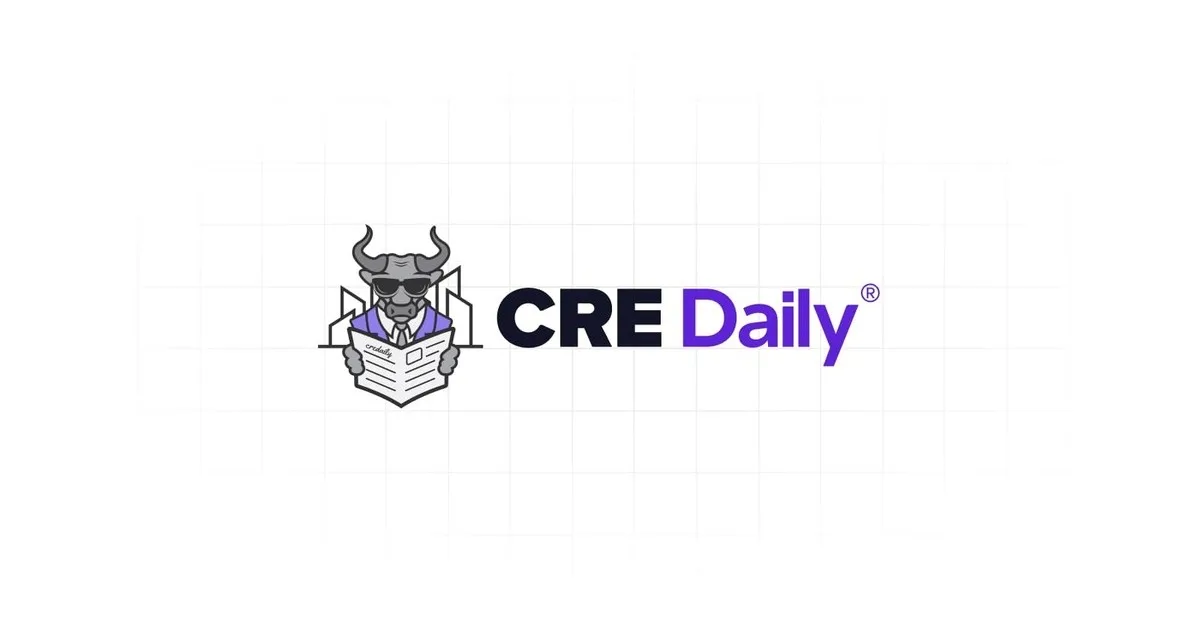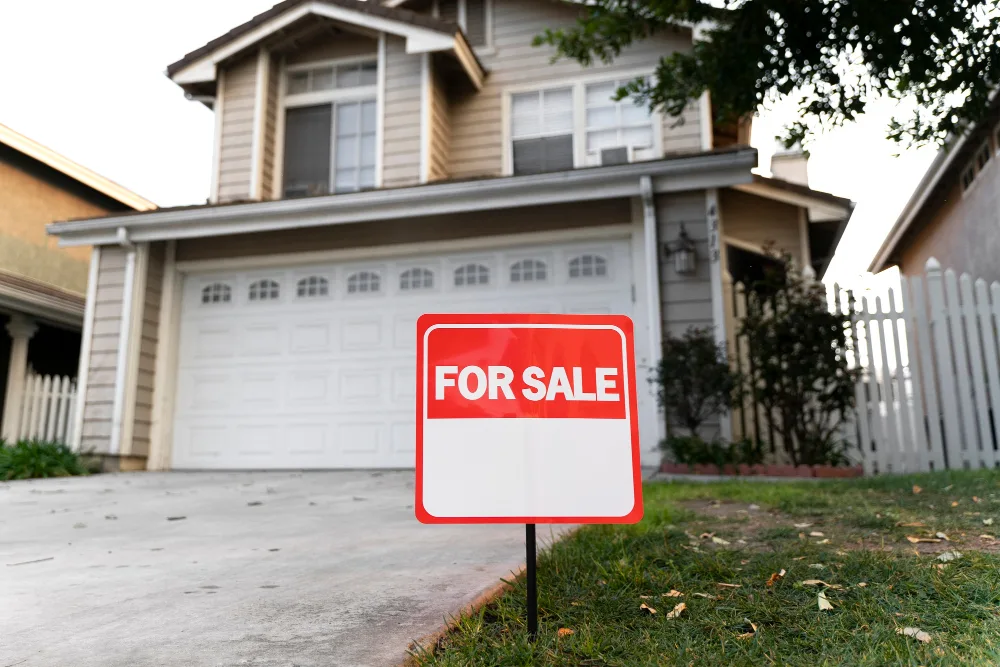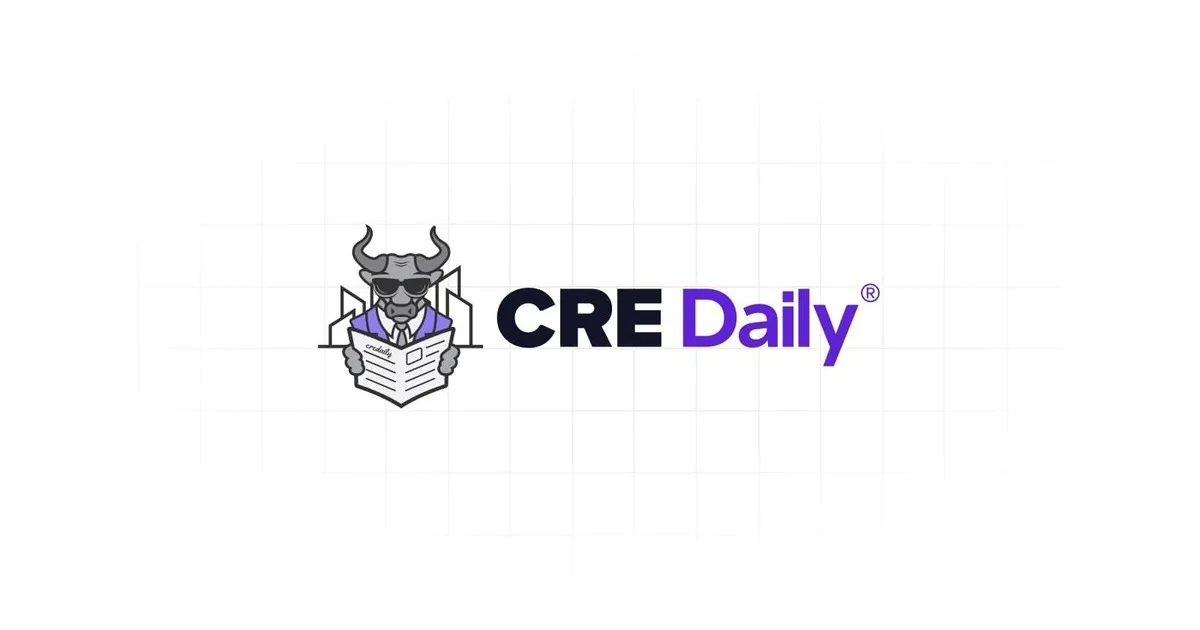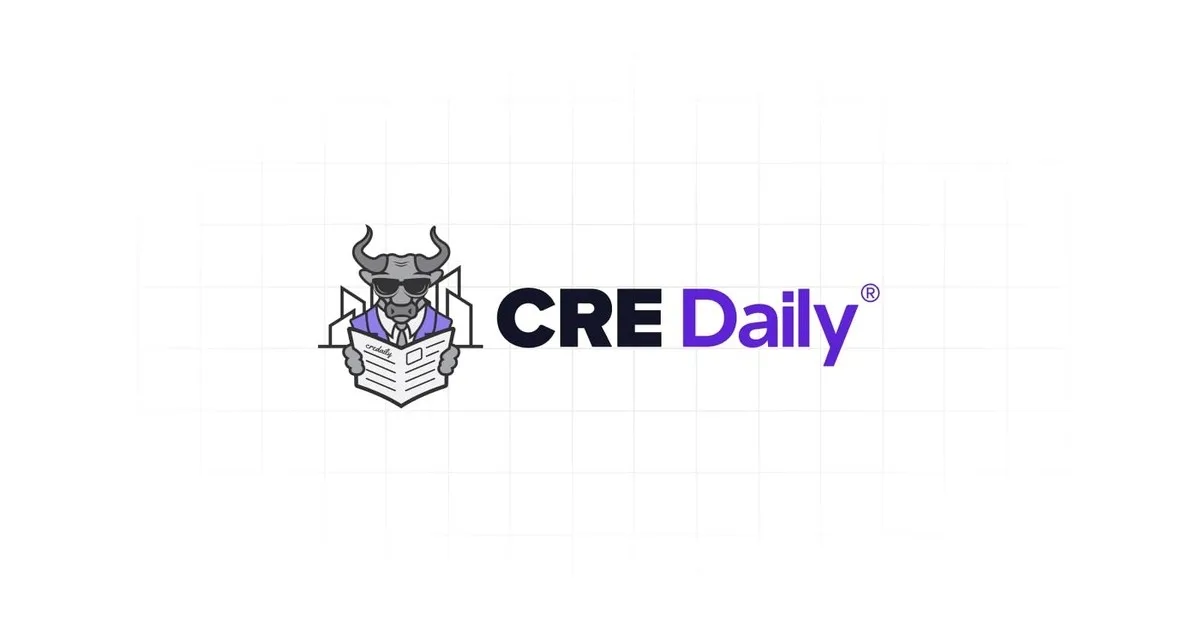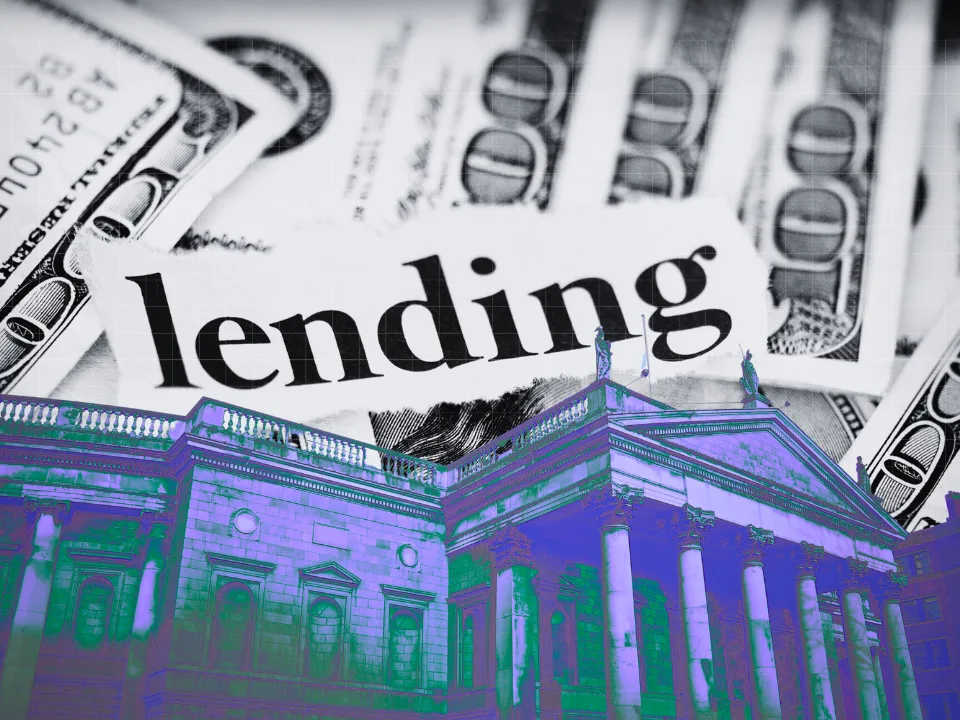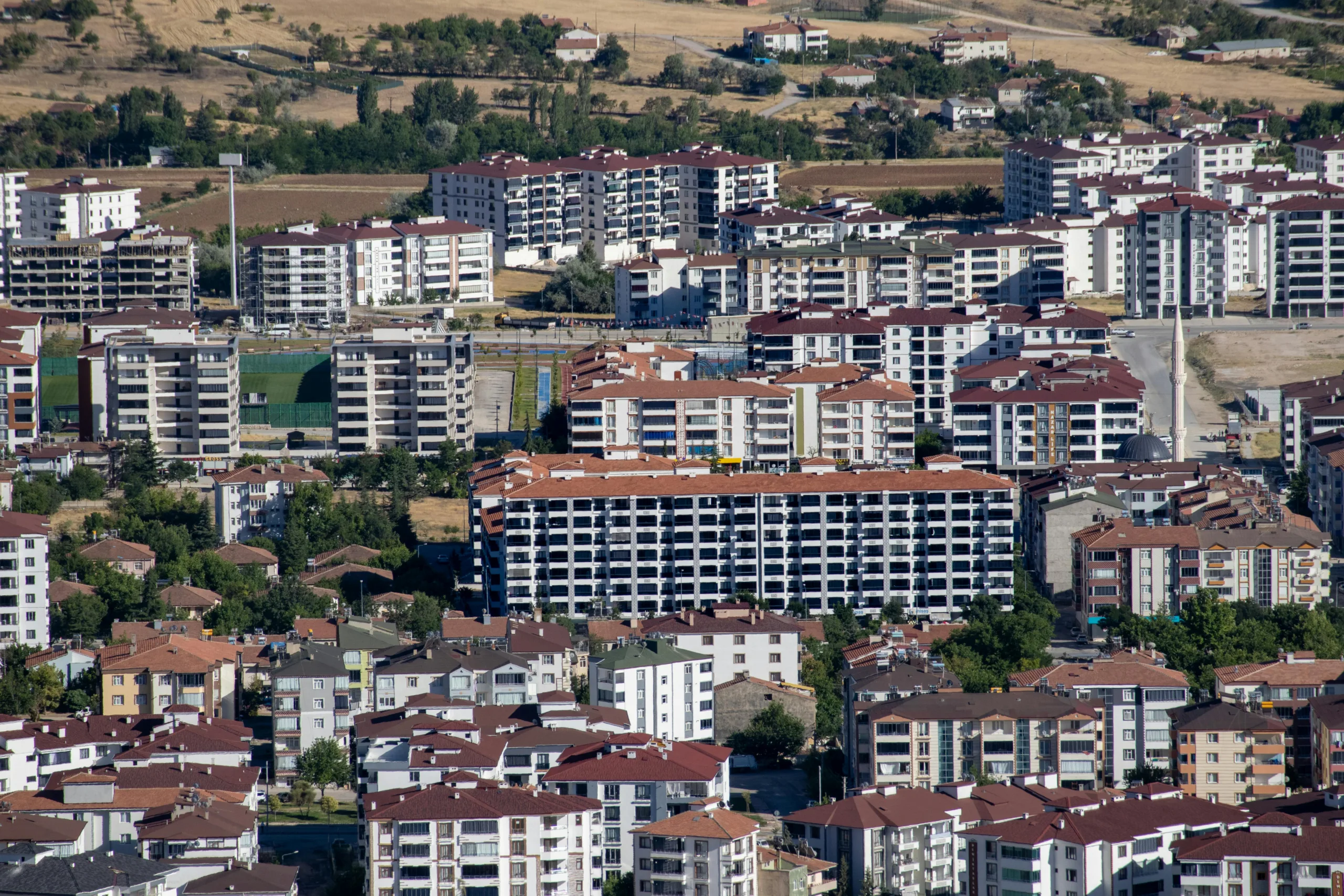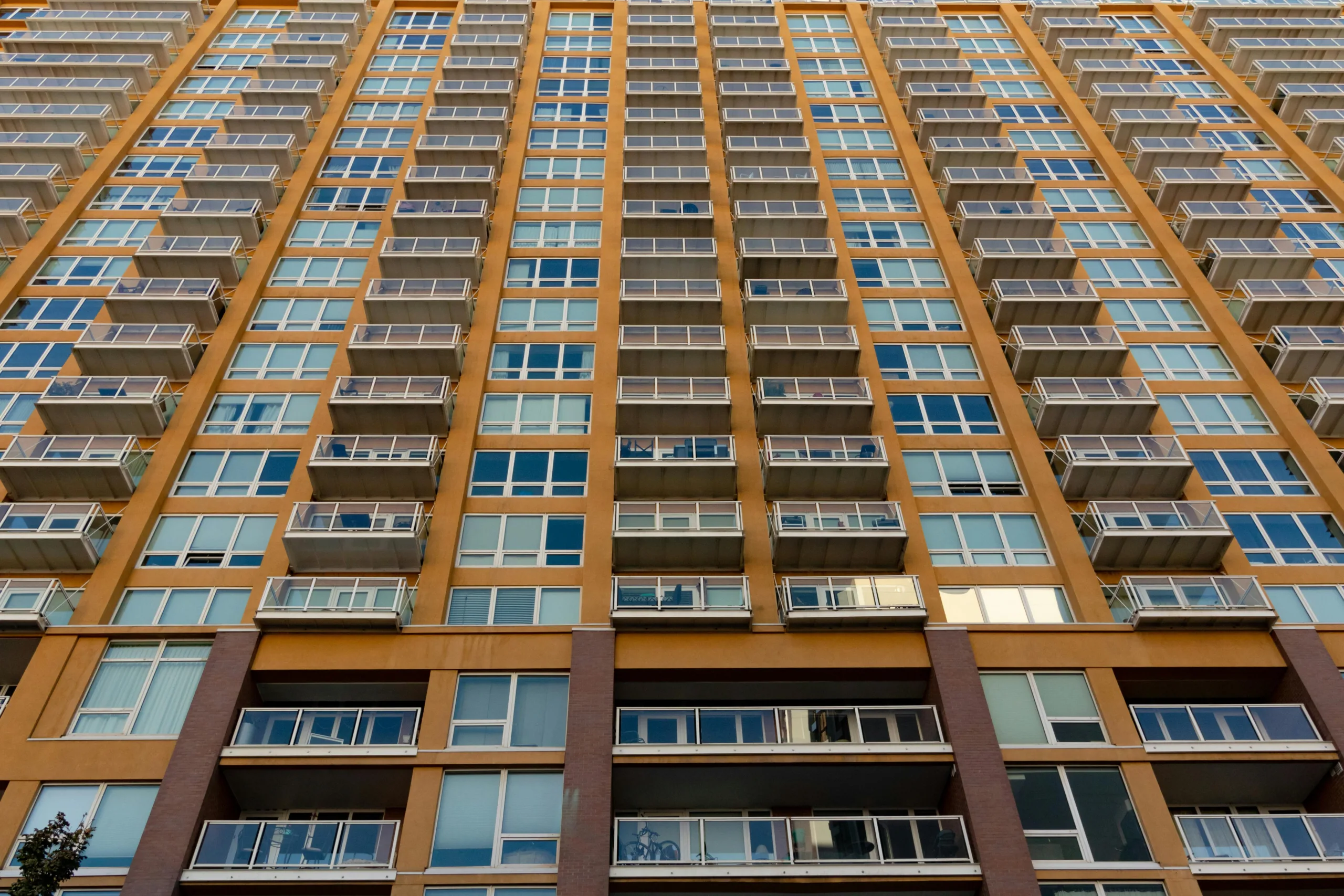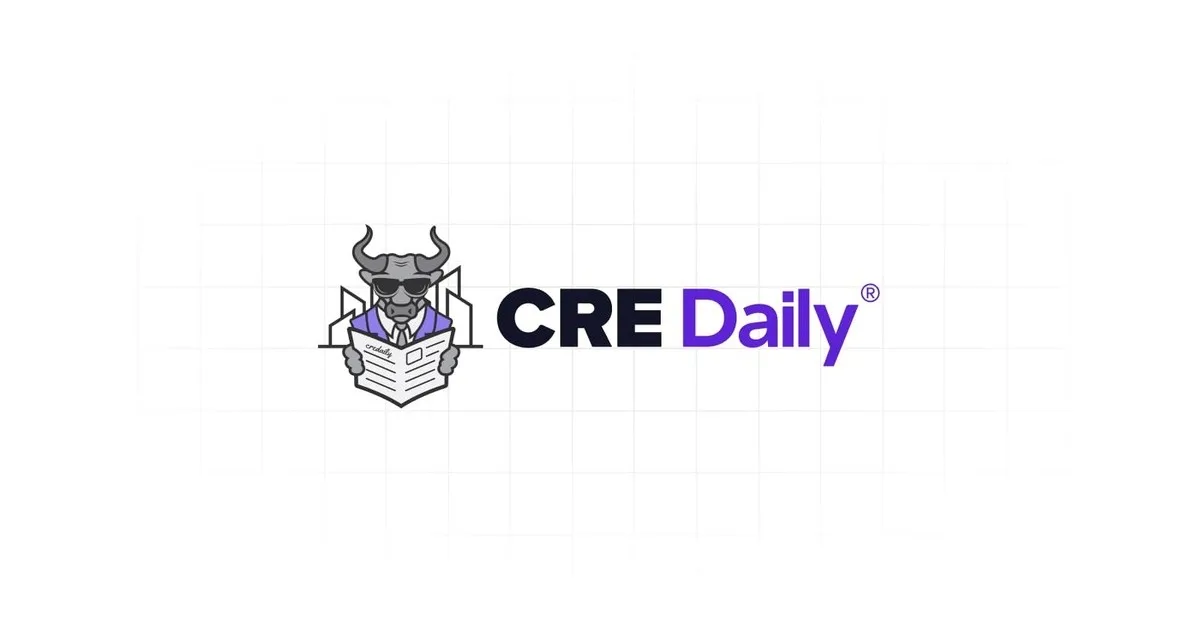- Economic headwinds and inflation are pressuring hotel margins and dampening growth forecasts.
- Short-term rentals continue to outperform hotels in both demand and revenue metrics.
- Wage growth and consumer savings offer limited support for summer travel demand.
- TSA traffic decline and weakening search trends hint at slowing travel momentum.
Industry Snapshot – Summer 2025
As we move into the busy summer travel season, the US hotel industry finds itself in a balancing act between resilient consumer behavior and growing macroeconomic uncertainties, reports CBRE.
The recent downward revisions in GDP forecasts and the persistence of elevated inflation could place further pressure on hotel margins. Costs are still outpacing topline growth, and although insurance expense growth has moderated, margins shrank 0.1 percentage points over the trailing 12 months.
Despite an uptick in unemployment to 4.2%, employment growth remained positive (+1.5% YoY in April) and wage increases held steady at 3.8%. This is helping to support steady consumer spending and could buoy leisure travel demand through the summer.
Get Smarter about what matters in CRE
Stay ahead of trends in commercial real estate with CRE Daily – the free newsletter delivering everything you need to start your day in just 5-minutes
Performance Trends: Mixed Signals
After adjusting for the Easter shift, RevPAR in March/April rose just 0.4% YoY. While average daily rate (ADR) increased 1.5%, occupancy fell 1.1%. Roughly half of all US hotel markets saw RevPAR gains, with upper-tier properties faring better—posting a 2.9% gain.
STR demand rose 6.0% in April, compared to just 0.1% for hotels. STR RevPAR surged 12.7%, with ADR at 142% of 2019 levels. STRs now account for 13.7% of total US lodging demand, continuing a multi-year trend of steady share gains.
A 100 bps drop in CMBS rates year-over-year, fueled by lower spreads and a falling 10-year Treasury yield, led to a 50%+ surge in new loans. Still, the drop in average loan size points to a market dominated by smaller, safer deals amid continued underwriting caution.
Travel & Consumer Behavior
Slowing inflation and solid wage gains are lifting disposable income (+2.9% YoY) and household savings (+4.9% YoY). Coupled with a rebound in the S&P and improved consumer sentiment, these factors could provide a tailwind for hotel demand and discretionary leisure travel this summer.
Despite a weaker dollar, outbound international travel rose 5.2% in March/April while inbound visitation declined 1.6%. US gateway cities and their hotel markets are still underperforming compared to 2019 levels.
May marked a notable drop in TSA throughput (-1.7% YoY), raising early warning signs of softening hotel and travel demand. Declining search interest in corporate and loyalty-related travel further points to a potentially weaker back half of the year for the hotel industry.
Growth Under Pressure
While summer leisure demand is expected to hold steady, industry fundamentals are under pressure. Economic uncertainty, cost growth, and increased competition from STRs are all contributing to a murky outlook for the rest of 2025. Operators will need to focus on cost controls, experience differentiation, and demand segmentation as topline growth continues to decelerate.
Stay tuned—the second half of 2025 could prove pivotal.

